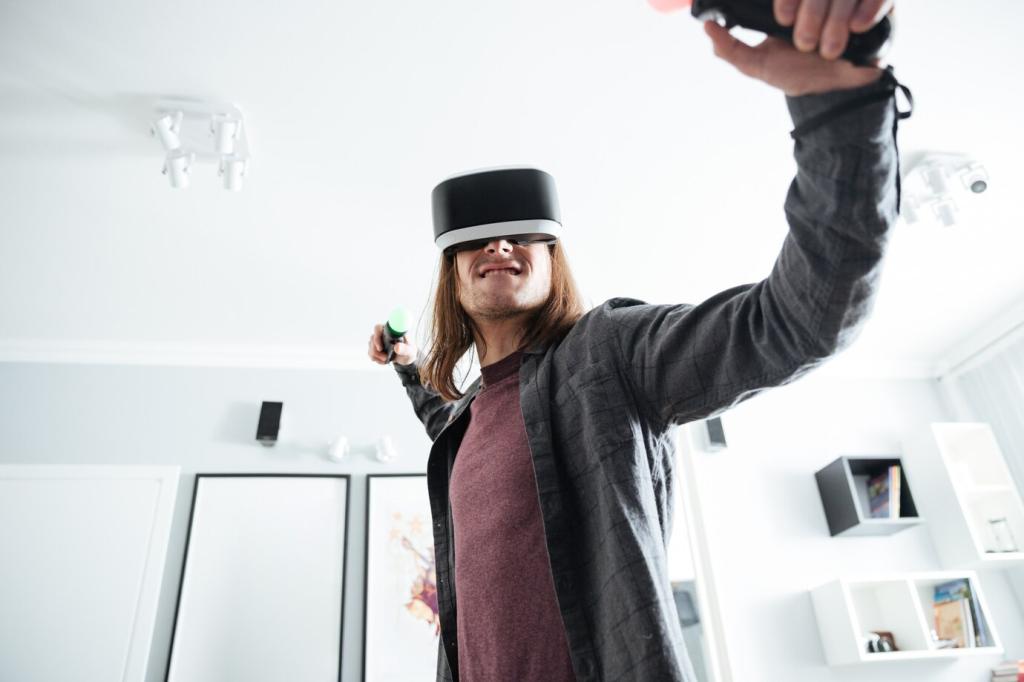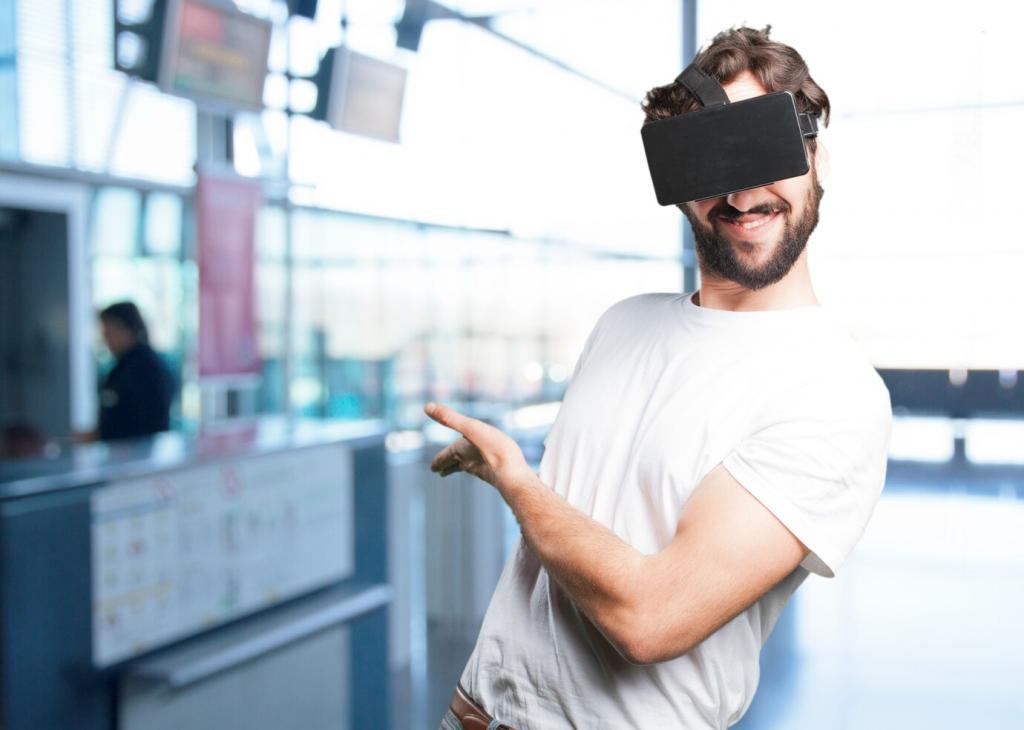
Virtual Reality in Classroom Learning
Virtual reality (VR) is transforming educational environments, offering immersive and interactive experiences that were once unimaginable inside a traditional classroom. By leveraging advanced technology, VR brings abstract concepts to life, fosters deep engagement, and provides students with dynamic opportunities to explore subject matter beyond the boundaries of textbooks. As VR becomes more accessible and intuitive, it opens doors for educators to reimagine how learning takes place, helping students grasp complex ideas and motivating them like never before. This page explores how virtual reality enhances learning in the classroom across various dimensions, from its fundamental principles to its integration into everyday teaching.
Virtual reality allows students to quite literally step inside the subject they are studying, turning lessons into experiential journeys. Whether it’s strolling along the streets of ancient Rome or navigating the intricate structures of a human cell, VR makes abstract or distant ideas tangible. This immersive access enables learners to explore details and ask questions in real time, deepening their understanding and stimulating curiosity in ways that traditional methods may struggle to achieve.
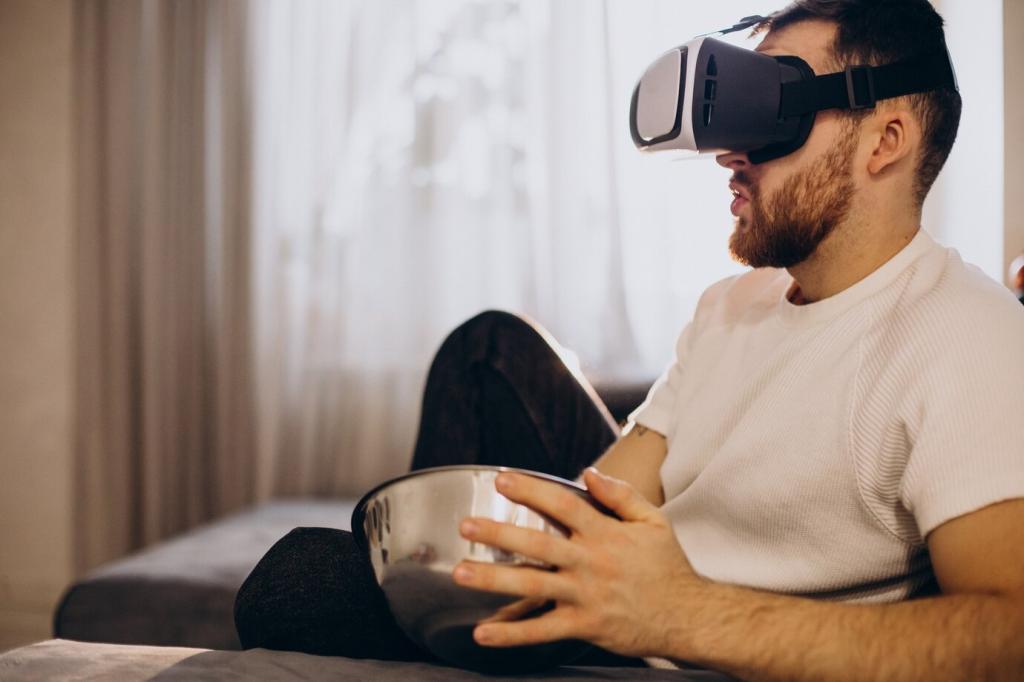
Enhancing Understanding and Retention
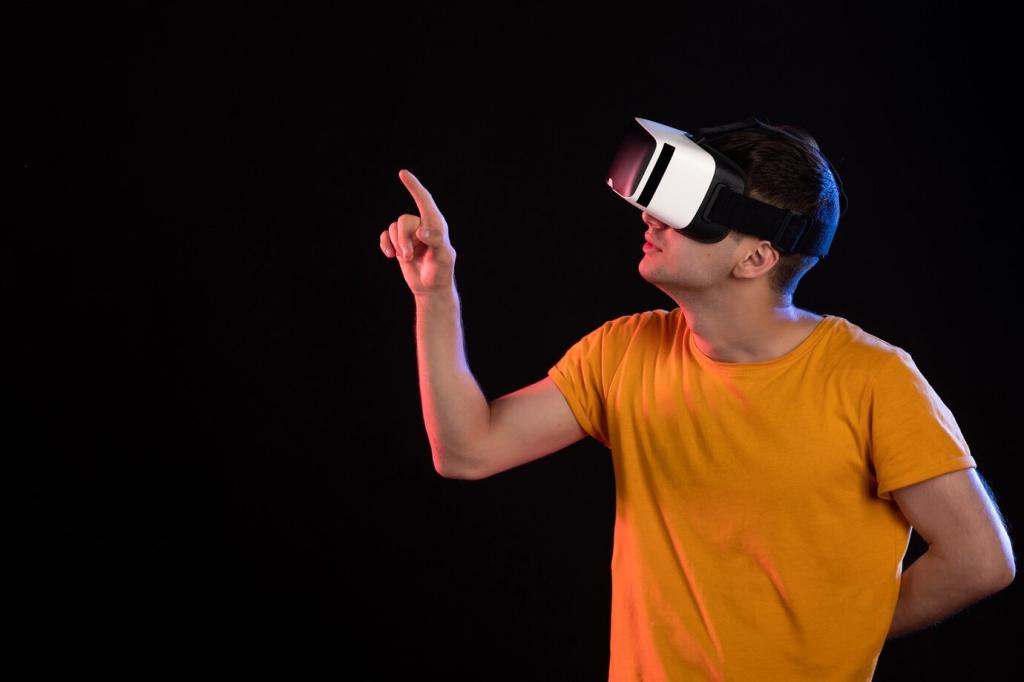
Real-World Context for Abstract Ideas
Difficult subjects, such as physics or chemistry, can now be visualized and experimented with in safe, controlled virtual spaces. VR can render electromagnetic fields or molecular reactions visible and interactive, providing context that static images or lectures simply can’t match. These immersive simulations enable students to experiment and see immediate consequences, transforming theoretical knowledge into practical understanding with long-lasting impact.

Emotional Connection to Learning
One powerful advantage of VR is its capacity to elicit genuine emotional responses from students. Walking through a refugee camp, exploring endangered ecosystems, or witnessing historical events in real time helps students relate emotionally to the content. This emotional engagement not only enhances empathy but also creates strong memory anchors, making facts and lessons more readily recalled in future learning tasks and assessments.
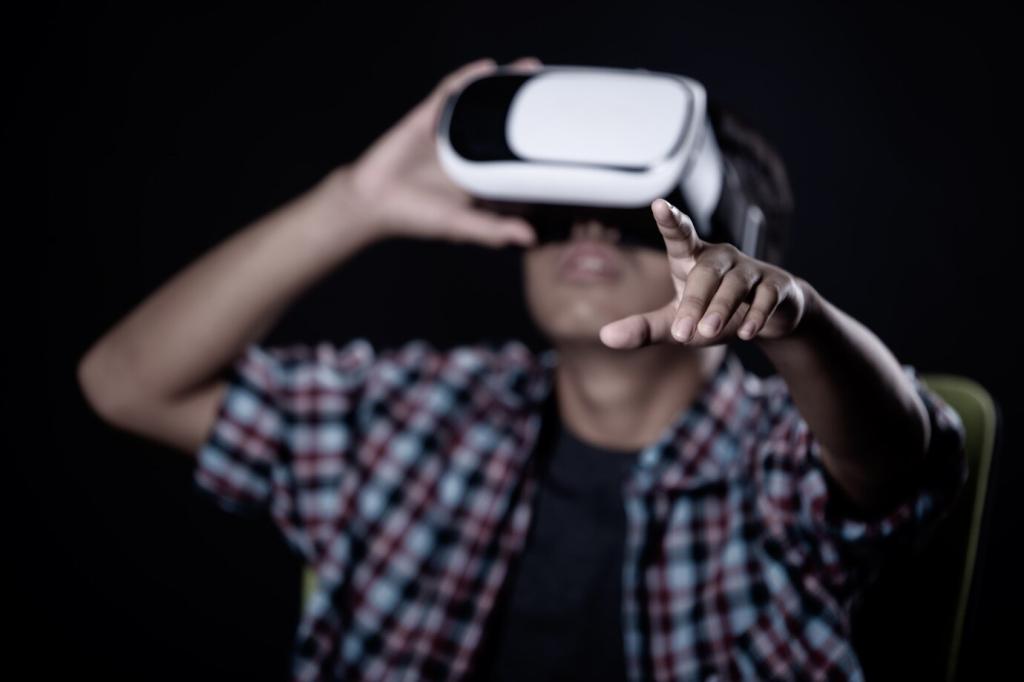
Personalized Practice and Feedback
VR technology offers adaptive experiences tailored to individual students’ pacing and learning needs. While working within a virtual environment, students receive instant feedback, which allows them to identify mistakes and correct misunderstandings in real time. This individualized support is especially beneficial for reinforcing foundational skills and boosting students’ confidence, promoting a cycle of successful learning and continued improvement.
Virtual Field Trips Across the Globe
With VR, classrooms transcend their walls, granting students opportunities to visit renowned museums, historic sites, and natural wonders around the world. These virtual field trips immerse learners in authentic settings, fostering global awareness and expanding perspectives—all without the cost, logistics, or risks associated with actual travel. As a result, students from diverse backgrounds can share experiences that create a level learning field and promote cultural understanding.
Collaboration Beyond Borders
VR enables students to connect and collaborate in shared virtual spaces, no matter where they are located. Interactive group projects, language exchanges, or science experiments can be conducted in real time, with students meeting as avatars in virtual classrooms. This borderless collaboration helps develop interpersonal, communication, and teamwork skills, while exposing participants to new cultural norms and viewpoints that enrich their worldview.
Exploring Unreachable or Dangerous Locations
Virtual reality makes it possible for students to experience places that are dangerous, inaccessible, or forbidden in real life, such as active volcanoes, deep-sea trenches, or the surface of Mars. These experiences let students safely observe phenomena up close and gain unique scientific insights that would be impossible to achieve through books or video alone. Such opportunities can ignite passions for specific fields or careers, making education more exciting and relevant.
Supporting Diverse Learners
Customizing for Individual Needs
Virtual reality applications can be tailored to suit the needs of individual learners, offering content at varying levels of complexity or integrating different forms of support, such as subtitles, spoken explanations, or visual cues. This customization helps ensure that all students, including those with learning disabilities or language barriers, are able to engage with the material effectively and progress at their own pace.
Empowering Students with Special Needs
For students with physical or cognitive disabilities, VR creates accessible environments where they can participate more fully in classroom activities. For instance, virtual field trips or laboratory simulations can provide meaningful engagement without the challenges posed by physical limitations. Furthermore, VR allows teachers to adjust sensory input or provide calming virtual spaces, supporting well-being and fostering an inclusive classroom culture.
Accommodating Varied Learning Styles
Every student processes information differently, and VR is well-suited to accommodating visual, auditory, and kinesthetic learners alike. Through 3D models, interactive storytelling, and hands-on virtual activities, students can learn in the way that suits them best. This flexibility not only leads to greater understanding but also boosts self-esteem by validating each student’s preferred learning approach.
Promoting Creativity and Critical Thinking
VR environments invite students to build and manipulate digital worlds, sparking their imaginations as they design structures, create storylines, or solve open-ended challenges. These creative activities foster an innovative mindset, encouraging students to look at problems from multiple perspectives and devise original solutions, skills that are essential for success in the modern world.
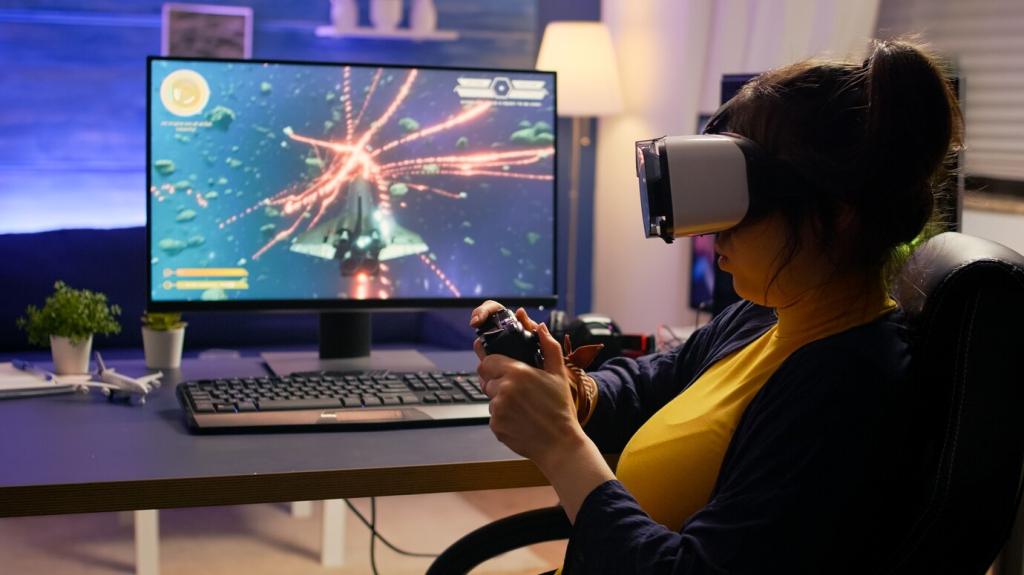
Previous
Next
Teacher Empowerment and Professional Development
By incorporating VR, teachers are equipped with a broader range of teaching methods and tools. Interactive simulations, virtual labs, and gamified lessons allow educators to move beyond lectures and cater to varied learning needs. This versatility enables teachers to keep lessons dynamic, respond to class interests on the fly, and offer more engaging educational experiences without extensive extra preparation.
Previous slide
Next slide
